Step into the charming world of Mason jar collecting, a hobby blending history, craftsmanship, and nostalgia. Perfect for historians, crafters, and treasure hunters, embark on a journey to uncover rare jars and build a treasured collection.
Why Collect Mason Jars?
Collectors are drawn to Mason jars for their unique charm, historical significance, and the thrill of the hunt. Whether it’s the allure of rare designs, the satisfaction of uncovering hidden gems, or the joy of preserving a piece of history, Mason jar collecting offers a rewarding hobby. It combines nostalgia, creativity, and a connection to the past, making it a beloved pursuit for many enthusiasts. The search for rare and vintage jars adds an exciting adventure to this timeless hobby.
A Brief History of Mason Jars
Mason jars were first introduced in 1858 by John Landis Mason, revolutionizing home canning with their innovative screw-on lids and rubber seals. This design allowed for airtight preservation of food, making them indispensable in kitchens. Over the years, brands like Ball, Atlas, and Kerr popularized Mason jars, adapting designs while maintaining functionality. Today, these jars are not only functional but also highly collectible, cherished for their historical significance and timeless appeal. Their enduring popularity spans generations, from practical use to decorative displays.
Popular Brands of Mason Jars
Renowned for durability and timeless designs, Ball Mason jars have been a cornerstone of home canning since 1880. Atlas and Kerr are also iconic brands, appealing to collectors and enthusiasts.
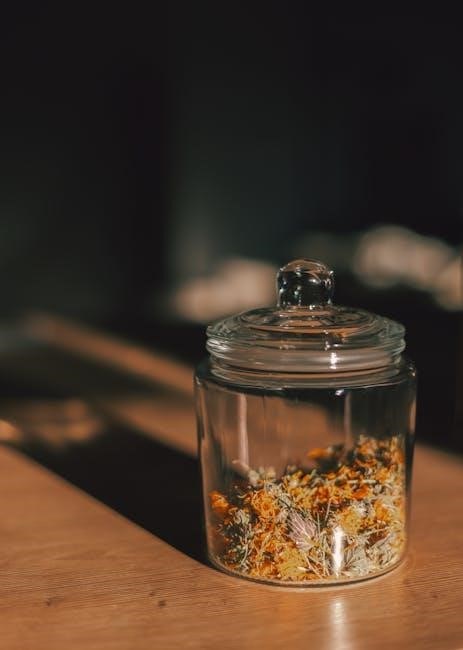
Ball Mason Jars
Ball Mason jars have been a cornerstone of home canning since 1880, celebrated for their durability and timeless design. Their iconic script logo and BBGMC (Ball Brothers Glass Manufacturing Company) markings are instantly recognizable. Collectors prize Ball jars for their historical significance and craftsmanship. The logo’s evolution over the years helps date the jars, with earlier versions featuring block letters and later ones showcasing the familiar script style. Ball jars remain a favorite among enthusiasts and crafters, offering both functionality and nostalgic charm.
Atlas Mason Jars
Atlas Mason jars are a beloved choice for collectors, known for their distinctive logos and vibrant colors. Produced from 1905 to 1962, these jars feature unique markings like the “ATLAS” name and a globe logo. The logo’s style evolved over the years, with early versions having block letters and later ones using script. Collectors often seek Atlas jars for their historical charm and variety of colors, making them a standout in any collection. Their durability and classic design continue to captivate enthusiasts today.

Kerr Mason Jars
Kerr Mason jars are highly sought after by collectors for their unique history and design. First produced in 1915, Kerr jars introduced the innovative self-sealing lid, making them a favorite among home canners. Collectors treasure Kerr jars for their variety of colors, including clear, blue, and green. The Kerr name is embossed on the front, and their lids often feature distinctive logos. While Kerr jars are generally more affordable than other brands, rare colors and early models can increase their value, making them a great addition to any collection.
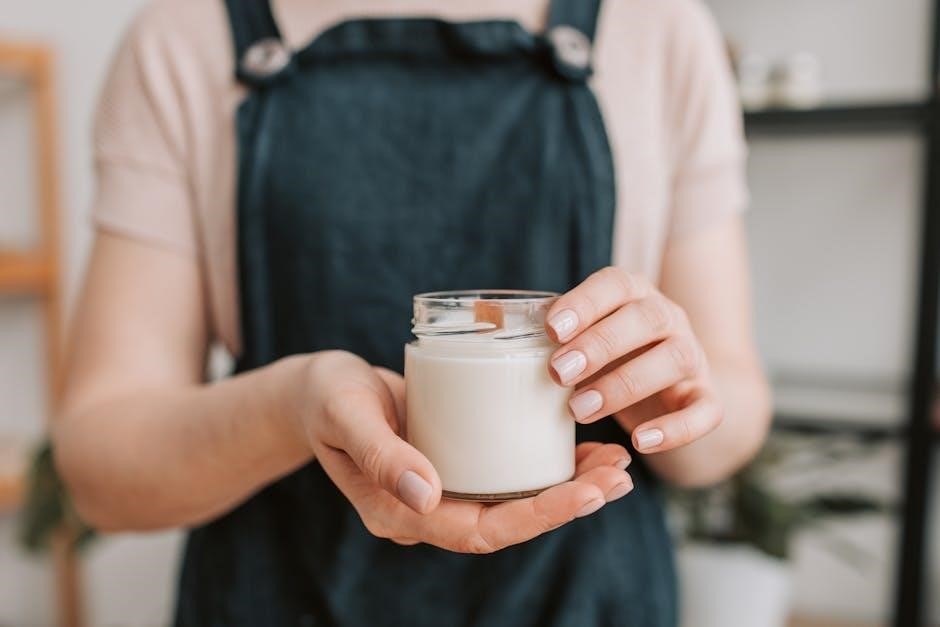
Identifying Rare and Valuable Mason Jars
J.D. Willoughby Mason Jar
The J.D. Willoughby Mason Jar is a rare 19th-century find, prized for its unique twisting metal stopple. Collectors estimate its value at around $1,000, making it highly sought after.
The Bennetts Backwards No. 2 Mason Jar
The Bennetts Backwards No. 2 Mason Jar is a standout collector’s item due to its unique misprint, where the logo is embossed backwards. Produced in the late 19th century, this jar is a rare find, making it highly sought after by enthusiasts. Its historical significance and quirky design add to its charm, making it a prized addition to any Mason jar collection. Collectors often search for such rare pieces to showcase their love for vintage craftsmanship and historical anomalies.
The J.D. Willoughby Mason Jar is a rare and unique piece, recognized for its distinctive twisting metal stopple. Dating back to the 19th century, this jar is highly prized by collectors due to its historical significance and intricate design. While exact auction values are scarce, estimates suggest it can fetch around $1,000. The stopple’s unique mechanism sets it apart, making it a sought-after treasure for those passionate about Mason jar history and craftsmanship. Its rarity enhances its value in the collector’s community.
Vintage Zinc Lid Mason Jars
Vintage zinc lid Mason jars are among the earliest and rarest, making them highly sought after by collectors. These jars, often featuring distinctive rings and air bubbles, showcase unique craftsmanship. Their historical significance and limited production contribute to their value. Visible features like pontils and embossed details add to their charm. Collectors prize these jars for their rarity and the glimpse they provide into the early days of Mason jar production, making them a treasured addition to any collection.
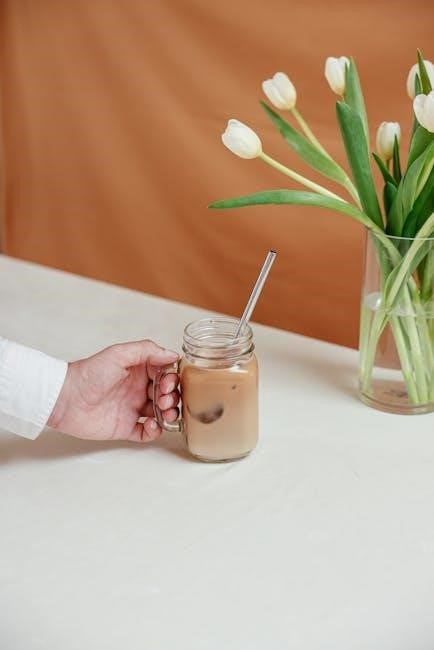
Dating and Authenticating Mason Jars
Determining the age and authenticity of Mason jars involves examining logos, embossed details, and manufacturing features. Compare your finds to historical records and recent auctions for accuracy.
Key Features to Look For
When identifying rare Mason jars, focus on unique features like unusual shapes, logos, and embossed details. Check for air bubbles, pontils, and zinc lids, which indicate earlier production. The jar’s color, condition, and brand markings also play a crucial role in determining its value and authenticity. Rare models, such as the Bennetts Backwards No. 2, often have distinctive flaws or designs that set them apart from common jars;

Embossed Details and Logos
Embossed details and logos are critical for identifying Mason jars. Brands like Ball, Atlas, and Kerr feature distinctive logos that help date and authenticate jars. Look for embossed phrases like “Patented Nov. 30, 1858” or “Mason’s Improved.” Unique markings, such as the Bennetts Backwards No. 2 jar’s reversed embossing, add rarity and value. These details not only reveal the jar’s history but also guide collectors in determining its authenticity and potential worth in the market.
Color and Condition
Color and condition significantly influence a Mason jar’s value. Rare hues like amber, cobalt blue, and green are highly sought after, with amber jars being particularly valuable. Condition is equally important; chips, cracks, or worn lids can drastically reduce a jar’s worth. Pristine jars with original lids and seals are rare and highly prized. Collectors often prioritize jars with minimal wear, as their condition reflects their age and preservation. A jar’s color and state are key factors in determining its uniqueness and desirability among enthusiasts.
Valuation of Mason Jars
Mason jar values vary based on rarity, condition, and brand. Prices range from a few dollars to thousands for rare jars like the 1881 Van Vliet.
Factors Affecting Value
The value of Mason jars is influenced by rarity, brand, condition, and age. Rare jars like the Bennetts Backwards No. 2 or the 1881 Van Vliet command high prices due to their uniqueness. Brand reputation, such as Ball or Atlas, also impacts value. Jars in pristine condition with original lids and minimal wear are more sought after. Color, embossed details, and historical significance further enhance value, making each jar a unique treasure for collectors and historians alike.
Recent Auction Highlights
Recent auctions have showcased the high value of rare Mason jars. Notably, the 1881 Van Vliet Mason jar sold for $23,500, while the Bennetts Backwards No. 2 jar remains highly sought after. Vintage zinc lid jars and the J.D. Willoughby jar, valued at $1,000, have also made significant impacts. These sales highlight the growing interest and investment potential in Mason jar collecting.
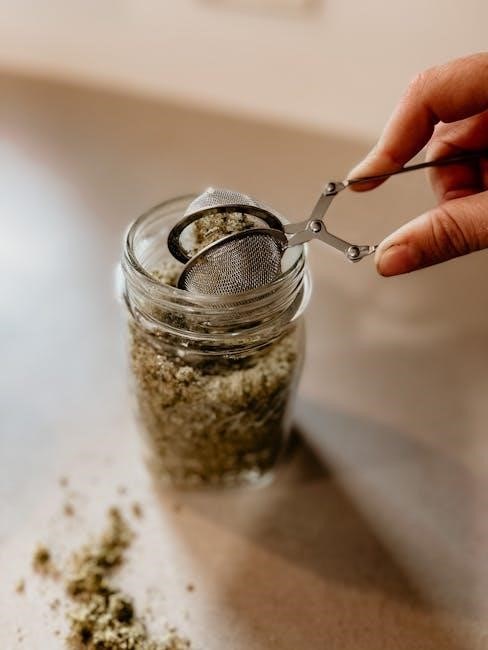
Where to Find Mason Jars
Discover Mason jars at antique stores, thrift shops, estate sales, and auctions. Explore grandmas attic or online marketplaces for unique finds, enhancing your collection journey.
Antique Stores and Thrift Shops
Antique stores and thrift shops are treasure troves for Mason jar enthusiasts. These venues often carry rare, vintage jars, including hard-to-find brands like Atlas and Kerr. Inspect jars for authenticity, checking logos, colors, and condition. Negotiate prices when possible, as many sellers are open to reasonable offers. Estate sales and auctions can also yield hidden gems, making these locations essential stops for building a unique and valuable collection.
Estate Sales and Auctions
Estate sales and auctions are goldmines for rare and unique Mason jars. These events often feature jars from private collections, offering opportunities to discover hard-to-find pieces like Bennetts Backwards and J.D. Willoughby jars. Inspect items carefully for authenticity and condition. Auctions may include vintage zinc-lid jars and early 19th-century designs, adding significant value to your collection. Arrive early, set a budget, and be prepared to bid—these settings often yield one-of-a-kind finds for dedicated collectors.
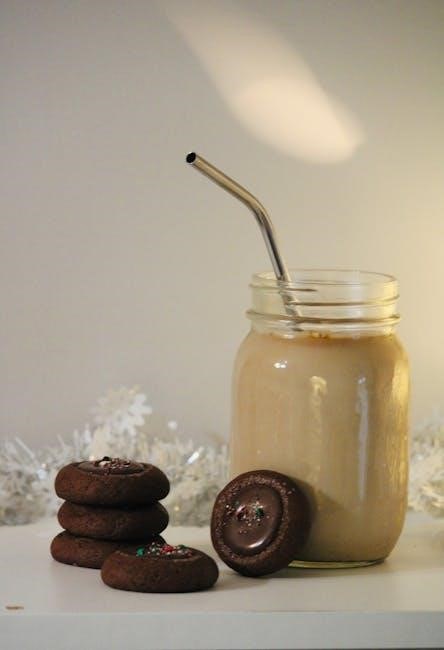
Restoring and Displaying Mason Jars
Restore Mason jars by gently cleaning with mild soap and avoiding harsh chemicals. Display them creatively using macrame hangers or vintage-inspired setups to showcase their unique charm.
Cleaning and Maintenance Tips
For cleaning Mason jars, use mild soap and warm water to avoid damaging the glass or lids. Avoid harsh chemicals or abrasive sponges, as they can scratch the surface. Dry thoroughly to prevent water spots. For stubborn residue, mix baking soda and water to create a gentle paste. Regular polishing with a soft cloth maintains their shine. Store jars in a cool, dry place to preserve condition and prevent rust on metal lids. Avoid bleach, as it can harm vintage patina.
Creative Display Ideas

Elevate your space with unique Mason jar displays. Use vintage jars as vases for fresh flowers or greenery, adding rustic charm to any room. Hang jars from wooden beams or macrame for a bohemian touch. Fill jars with fairy lights, seashells, or seasonal decor for a cozy ambiance. Arrange them on shelves or mantels in varying sizes and colors for visual interest. Create themed collections, like grouping jars by era or brand, to tell a story. Transform your jars into functional decor, such as candle holders or storage containers.
Tips for Starting Your Mason Jar Collection
Set a budget, research rare brands, and start small. Explore antique stores, estate sales, and auctions. Look for unique embossing, colors, and condition to build a meaningful collection.
Research and Budgeting
Begin by researching popular brands like Ball, Atlas, and Kerr to understand their history and value. Set a budget based on the rarity and condition of jars. Start with common jars and gradually invest in rarer pieces. Use online price guides and auction sites to gauge market value. Consider joining collector communities for tips and insights. Prioritize quality over quantity to build a meaningful collection.
Storage and Organization
Proper storage is essential to preserve your Mason jar collection. Use shelves or cabinets in a cool, dry place to avoid humidity and light exposure. Consider dividers or separators to prevent chipping. For display, opt for open shelving or glass-front cabinets to showcase your jars. Organize them by brand, size, or color for a cohesive look. Label each jar with its brand and year to easily identify pieces. Store lids separately in protective coverings to maintain their condition and avoid damage.
Common Mistakes to Avoid
Beginners often overlook jar condition, rarity, and authenticity. Avoid overpaying, ignore misleading seller claims, and don’t skip proper research before purchasing. Patience is key.
Overpaying for Jars
Overpaying is a common pitfall for new collectors. Research recent auction prices and compare similar jars to gauge fair value. Be cautious of inflated prices from sellers. Set a budget and stick to it. Avoid impulse buys, especially without verifying authenticity. Use online marketplaces and collector forums to stay informed. Patience and diligence can save you from overpaying for a jar that may not be as rare as claimed. Always negotiate when possible.
Ignoring Condition and Rarity
Ignoring the condition and rarity of Mason jars can lead to overestimating their value. Collectors often overlook chips, cracks, or fading, which significantly reduce worth. Rare jars, like the Bennetts Backwards No. 2, are highly sought after, but their value drops if damaged; Always inspect for flaws and research rarity before purchasing. A jar’s condition and uniqueness are critical in determining its value, so avoid assumptions and ensure thorough evaluation to make informed decisions.
Mason jar collecting is a rewarding journey, blending history, craftsmanship, and personal joy. Whether for display or practical use, these jars offer timeless charm and lasting satisfaction.
The Joy of Mason Jar Collecting
Mason jar collecting offers a unique blend of history, creativity, and personal satisfaction. For many, the thrill lies in the hunt—discovering rare or vintage jars in antique shops or estate sales. Each jar tells a story, connecting collectors to the past while inspiring modern uses like candle-making or home decor. The joy of collecting also lies in the community, where enthusiasts share knowledge and celebrate the timeless charm of these iconic containers.
Final Thoughts and Encouragement
Mason jar collecting is a rewarding journey that combines history, creativity, and community. Whether you’re a seasoned collector or just starting, every jar holds a story and potential. Embrace the thrill of the hunt, learn from fellow enthusiasts, and enjoy the process of building your unique collection. With patience and passion, you’ll uncover treasures that bring joy and connect you to the past. Happy collecting!
